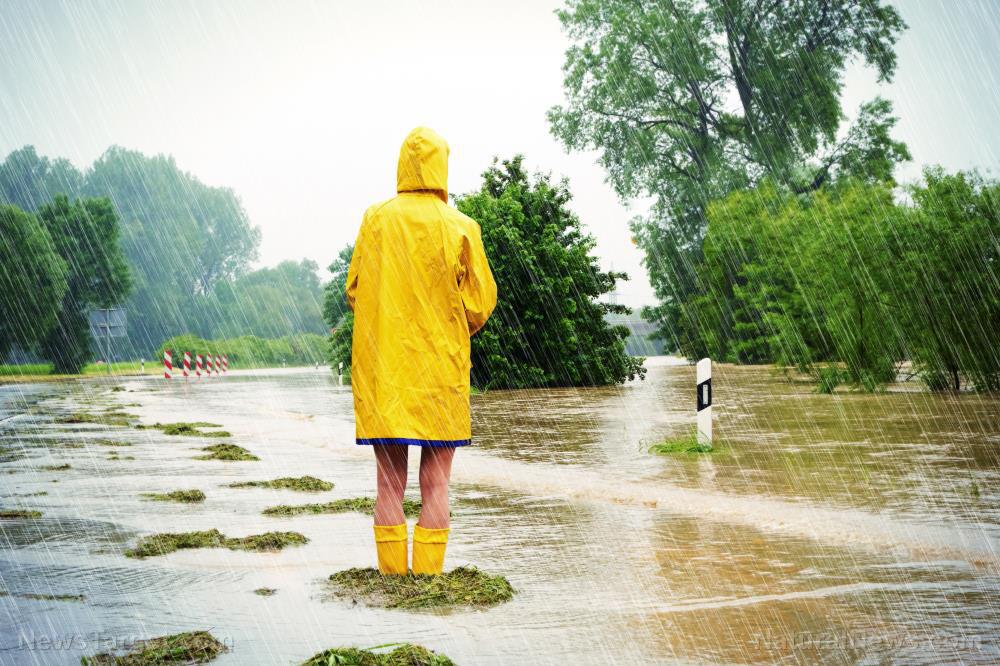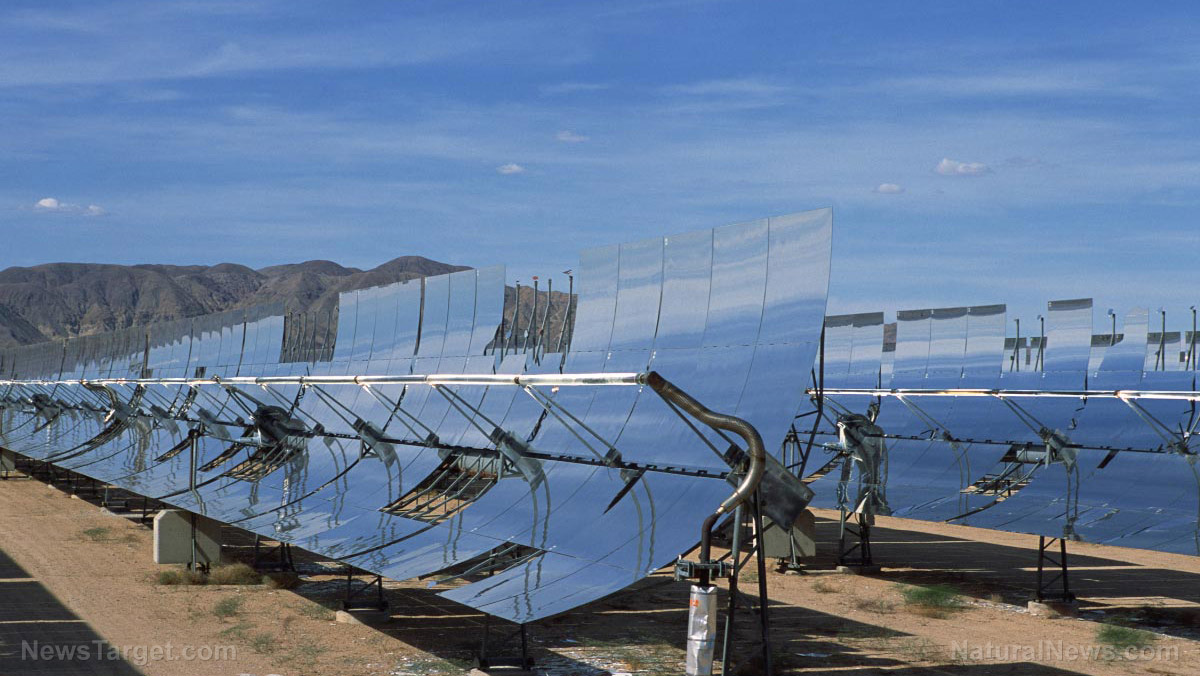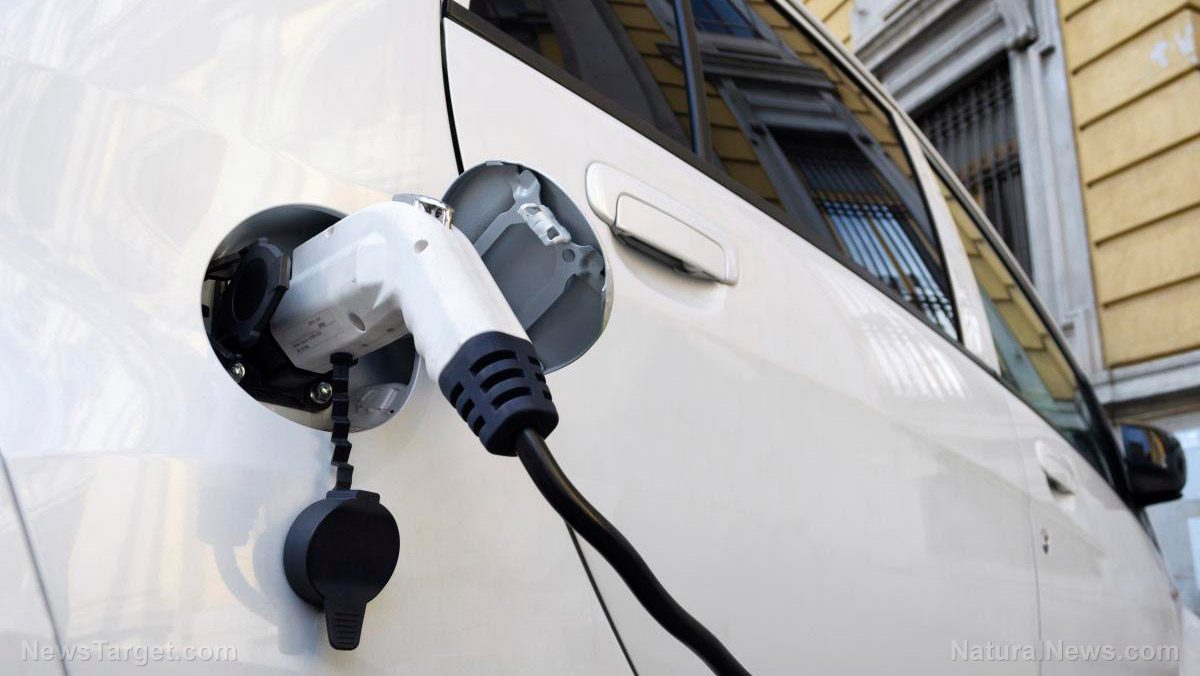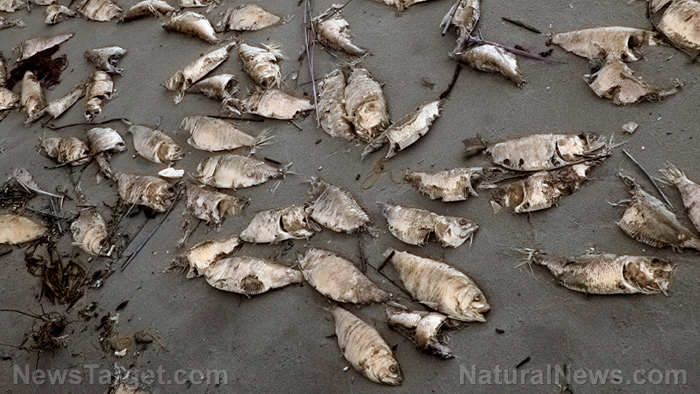
Notable eruptions around the globe in 2021
Other countries and continents are also seeing many active volcanic eruptions recently. In Iceland, it's already been three months since an effusive volcanic eruption began in the Geldingadalir valley at the Fagradalsfjall mountain on the Reykjanes peninsula. But experts say it could take years or even decades before it stops. The eruption's slow and steady lava flow could eventually form a shield volcano, which is known for its gentle slopes. The eruption has also piqued experts' interests because the magma feeding it is coming from the Earth's mantle. It's been 7,000 years since such an eruption occurred on the Reykjanes peninsula. Other notable volcanic activities this year include the eruptions of Italy's Mt. Etna and Indonesia's Mt. Merapi. Mt. Etna, Europe's tallest active volcano, has erupted frequently over the past 500,000 years. In February, the volcano belched smoke and ashes in a new eruption, but Italian authorities said it posed no real danger to surrounding villages. Experts said they've seen worse and that the eruption was not at all worrying. Images that circulated online at the time showed a spectacular rose-colored plume of ashes above the volcano. The plume had largely dissipated by nightfall but the lava continued to glow. Mt. Etna remained fairly active until June when it erupted again and spewed a fountain of lava twice. Balls of orange lava were seen shooting into the air. Volcano scientists recorded gas bubbles with strong explosions that could be heard up to 45 km away. But it's unlikely that volcanic activities in Mt. Etna will stop soon. (Related: Banana plantations buried in ash in Ecuador as volcano erupts.) Meanwhile, Mt. Merapi, Indonesia's most volatile active volcano, erupted Friday, June 25. It released a plume of ash high into the air and sent streams of lava flowing down its slopes at least six times. The volcano continued to groan and rumble after the eruption. No casualties were reported, but several villages and nearby towns ended up being covered in ash. Follow Disaster.news for more stories about recent volcanic eruptions worldwide. Sources include: France24.com TicoTimes.net IcelandReview.com FirstPost.com VolcanoDiscovery.com USNews.comHundreds dead and thousands homeless as flooding ravages Western Europe
By Cassie B. // Share
Singapore opens LARGEST floating solar energy plant
By Ramon Tomey // Share
Nissan being sued for electromagnetic radiation emitted from electric “LEAF” vehicle
By Ethan Huff // Share
Essential supplies to pack in your first aid kit for a camping trip
By Arsenio Toledo // Share
Asteroid that killed dinosaurs also caused GIANT tsunamis
By Ramon Tomey // Share
Red tide kills tons of fishes in Florida
By Ramon Tomey // Share
The ancient map to a modern mind: Holistic paths to confront dementia
By willowt // Share
Illuminated Healing: How light, nutrition and divine connection can cure what doctors can't
By kevinhughes // Share
Nevada's DAAY Court: A lifeline for autistic youth facing criminal charges
By bellecarter // Share
The silent liver crisis: Why childhood obesity is fueling a surge in fatty liver disease
By dominguez // Share
Plant-derived CAPRYLYL GLYCOL: A versatile cosmetic ingredient with low toxicity
By zoeysky // Share











